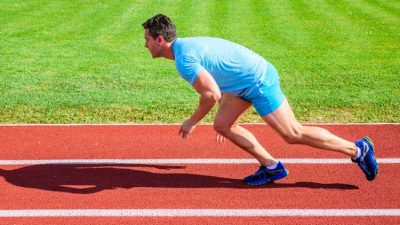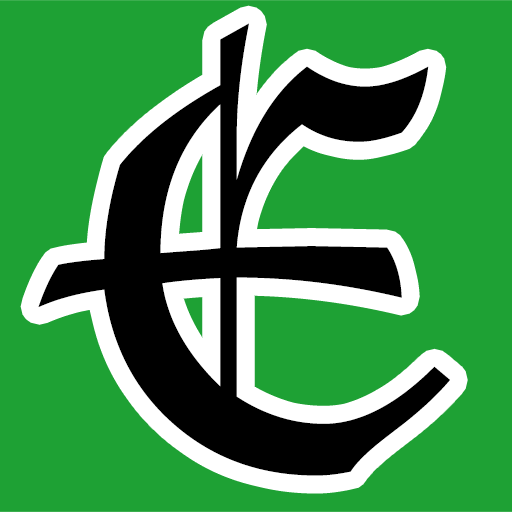Don’t Trip Over Turf Toe
Advertiser Content
Dr. Michelle Castiello, Podiatry
Most students from kindergarten through college are now back at school. Anticipation for the new school year can leave them feeling excited, anxious or the many points in between.
 Something that student athletes in particular may be apprehensive about is sports-related injuries. As a podiatrist, I am of course concerned about foot-related injuries, and turf toe has been one of the primary ones I see in the student athletes I treat.
Something that student athletes in particular may be apprehensive about is sports-related injuries. As a podiatrist, I am of course concerned about foot-related injuries, and turf toe has been one of the primary ones I see in the student athletes I treat.
Often dismissed as “simply” a sprain of the big toe, a turf toe injury actually goes beyond that. It happens when a person’s toe remains on the ground when they lift their heel, causing the toe to hyperextend. That in turn causes soft tissues and ligaments in the big toe (metatarsophalangeal, or MTP) joint to stretch or tear.
First formally diagnosed in the 1970s, turf toe’s name is derived from the artificial turf that is still commonly used on many playing fields – and not just for the pros. In 2004, none of New York’s Section II high school football teams played on artificial turf; today, over 50% do so. (Section II, established by the New York State Public High School Athletic Association (NYSPHSAA), is defined as those located in the Capitol Region. Turf data on Section I high school fields – those in the lower Hudson Valley – was not available.)
Frequently cited advantages of playing on turf include lower maintenance; resistance to inclement weather, disease and pests; and cost-effectiveness that can be realized after a few years.
It should be noted that turf toe can occur on any surface and is not restricted to football. Anything that involves running, jumping and other activities that place a lot of strain on the foot and big toe (including basketball, dance, gymnastics, soccer and wrestling), not to mention a non-athlete’s stubbing or otherwise hyperextending their toe, can be subject to the injury.
If you have experienced a toe injury, it is important to receive treatment as soon as possible. A podiatrist can quickly diagnose turf toe and determine the severity of the injury. That severity helps determine the treatment. Turf toe injuries are characterized as:
- Grade 1, where the soft tissue in the toe is stretched, but not torn. Mild swelling may occur, but with rest (and, if particularly painful, ice), one can usually resume activities within a week or so.
- Grade 2, where the soft tissue in the toe is partially torn, involves widespread tenderness and is often swollen and bruised. The RICE (rest, ice, compression, and elevation) method is usually recommended to minimize additional stress; recovery can take up to four weeks.
- Grade 3, where the soft tissues are completely torn and the MTP joint is potentially dislocated. Swelling and pain are severe. A walking boot or crutches may be needed, followed by physical therapy. Grade 3 injuries can take up to six months to heal, unless surgery is involved.
Surgery is pretty rare for turf toe, though it may be required to repair severe tears, fractures or joint damage, depending upon the injury’s location; which bones and soft tissues have been injured; and one’s age and activity level. In all of the above cases, nonsteroidal anti-inflammatory medications like ibuprofen and acetaminophen may be prescribed.
Prevention
Turf toe may be impossible to completely avoid, but there are some precautions that can be taken:
- Wear shoes that provide enough stability for your activity. Football and soccer players should avoid shoes that are too flexible, especially in the toe area.
- Use athletic tape for added support by taping your big toe to your smaller toes.
- Always stretch and warm up before engaging in a sports activity, which will lower your chances of suffering a number of other injuries as well as turf toe. Toe scrunches, flexing and extensions can all help; a podiatrist or physical therapist can suggest more advanced techniques for more severe cases.
- If you are prone to turf toe, orthotics may be beneficial.
Consult a podiatrist to discuss other methods of decreasing your chances of injury and maintaining good foot health during the new school year.

Dr. Michelle Castiello is a podiatrist at Scarsdale Medical Group, seeing patients at 600 Mamaroneck Avenue, Suite 102 in Harrison. To make an appointment, call 914-723-8100.
Health Matters
The original version of this article was published in Health Matters, a White Plains Hospital publication.

Examiner Media – Keeping you informed with professionally-reported local news, features, and sports coverage.
